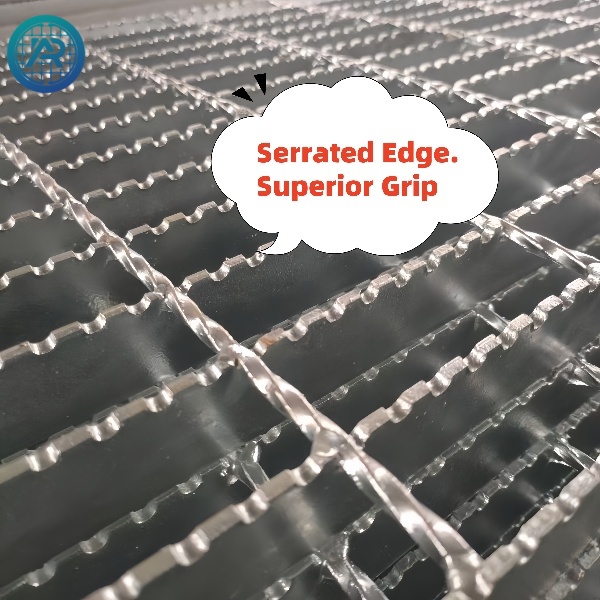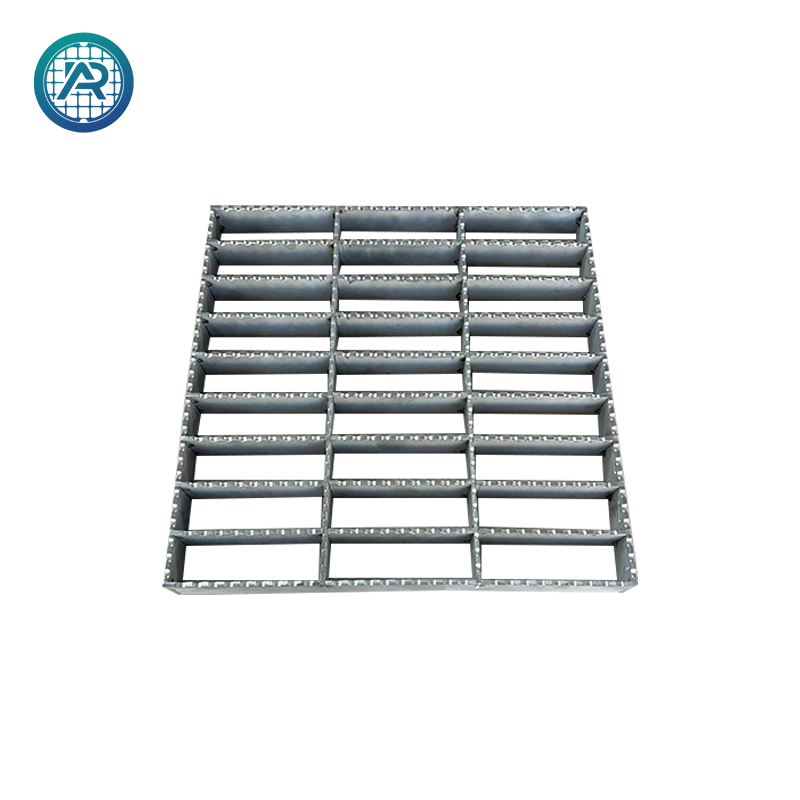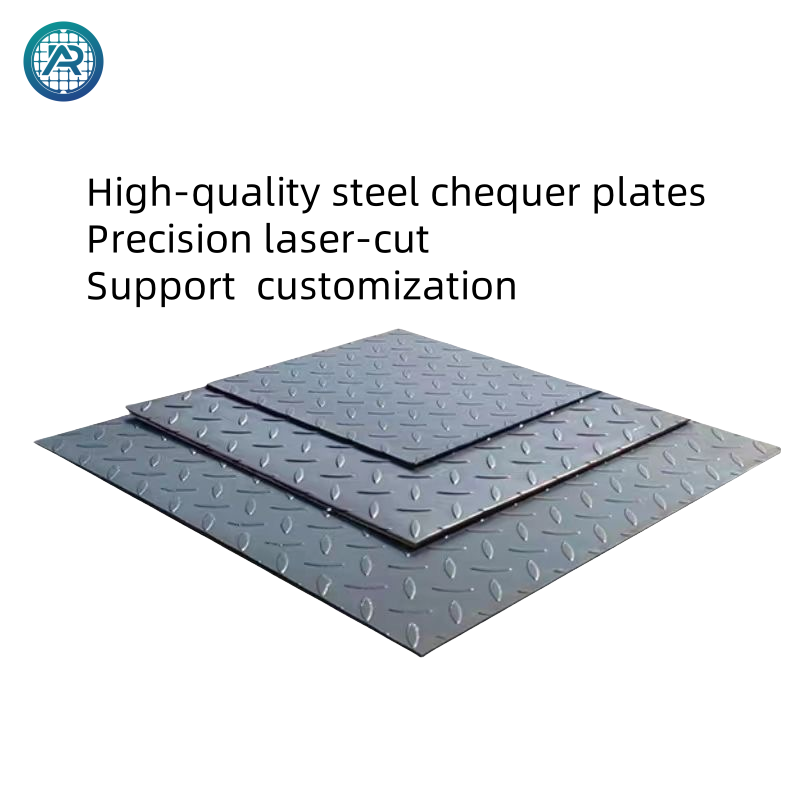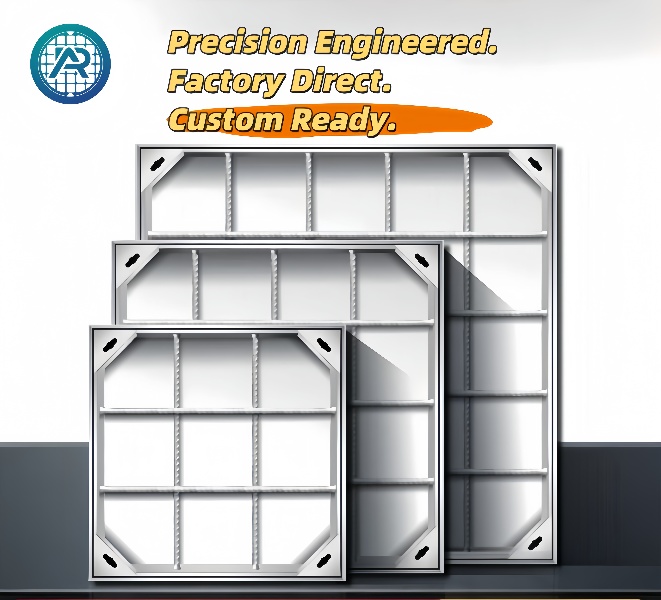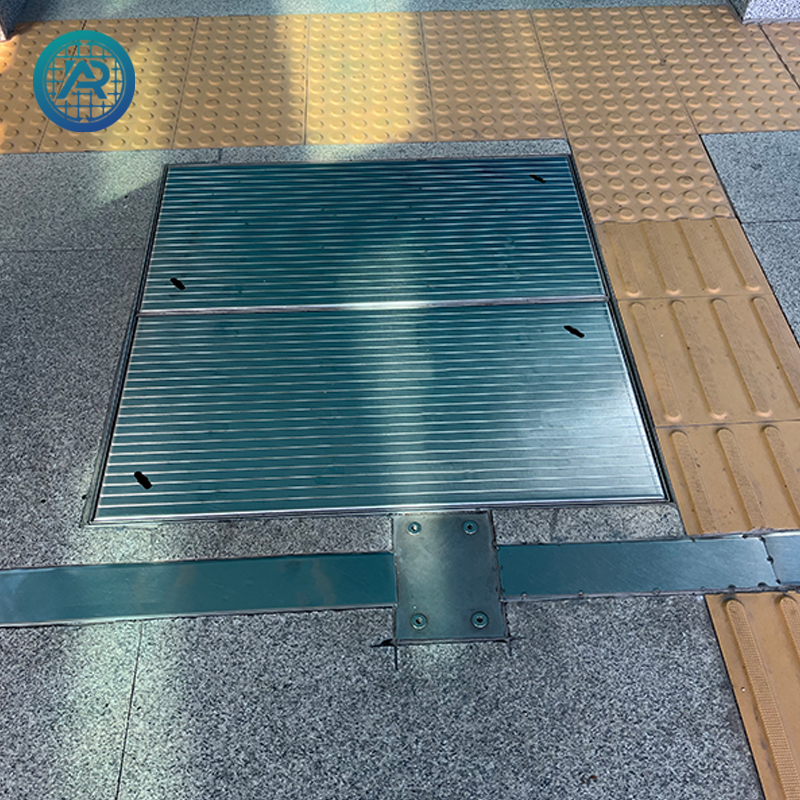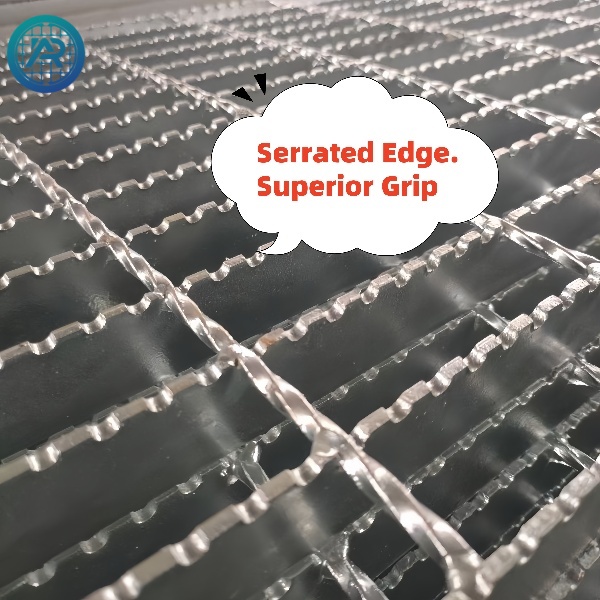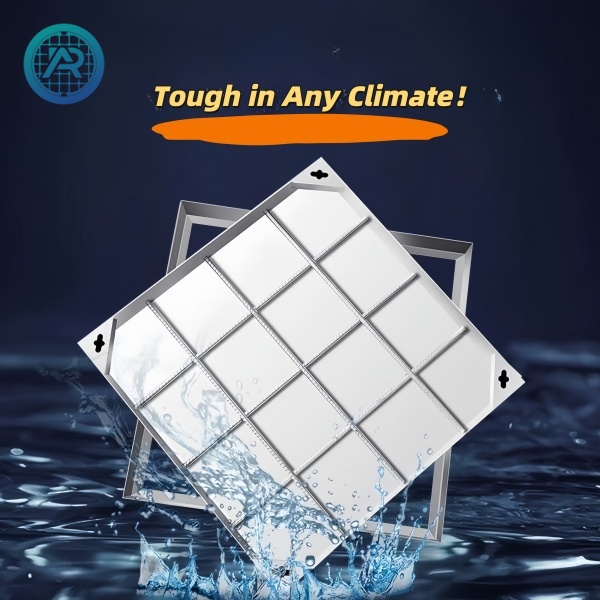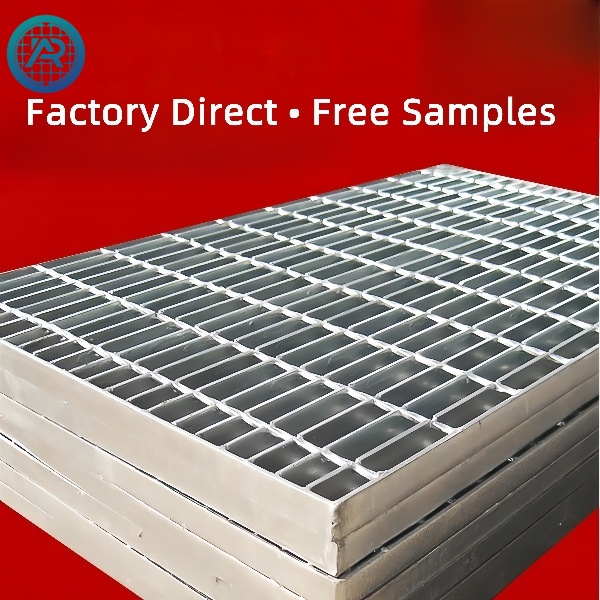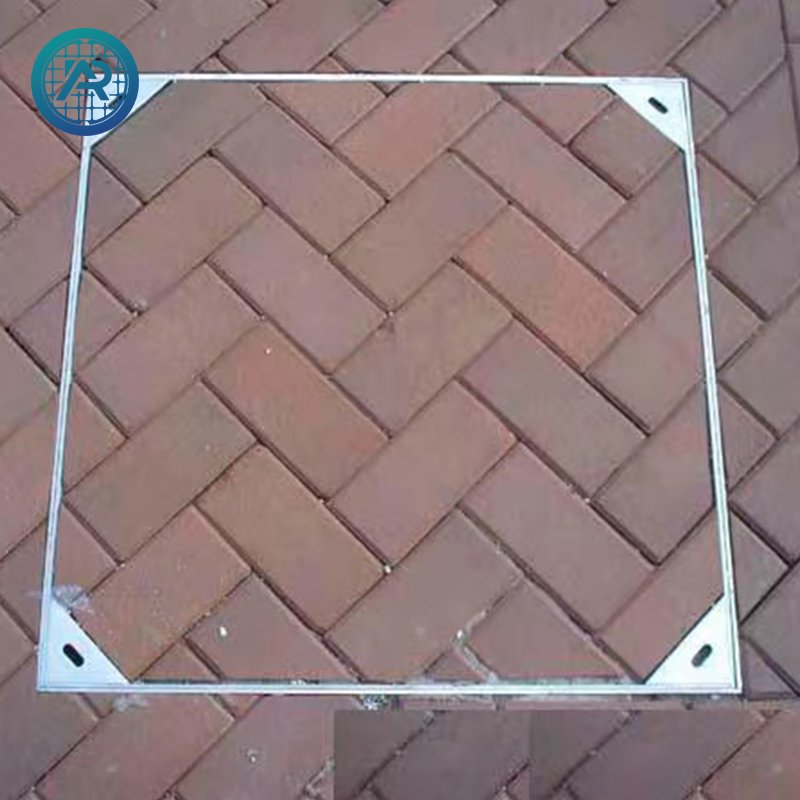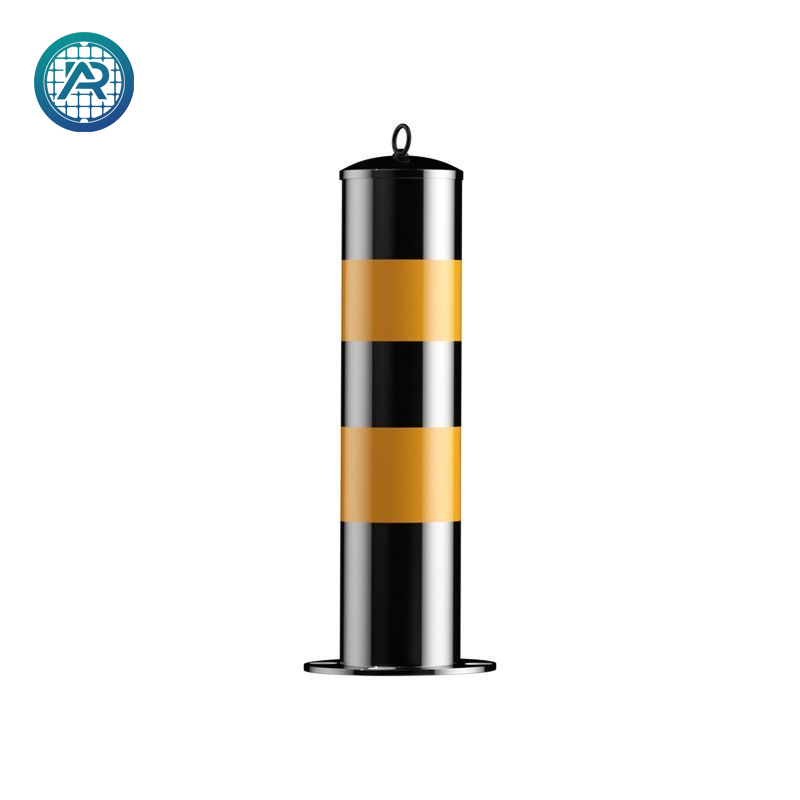Traditionally, manhole covers were treated as necessary but visually intrusive elements. However, with growing demands for seamless paving, pedestrian safety, and enhanced urban visuals, recessed access covers are fast becoming a vital component in modern construction projects.
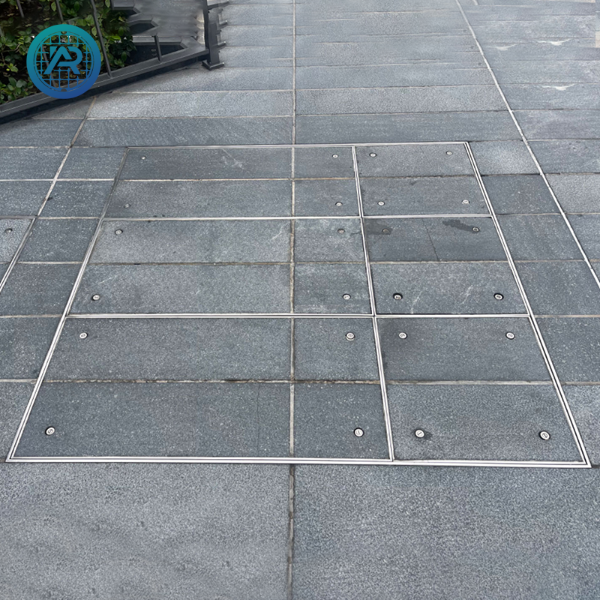
▌What Is a Recessed Manhole Cover?
A recessed manhole cover is a type of access cover designed with a tray-like structure that can be filled with surface material such as concrete, bricks, paving blocks, or asphalt. Once filled, the cover visually integrates with the surrounding surface, creating a nearly invisible appearance while maintaining full accessibility.
This design innovation eliminates the abrupt interruptions of traditional cast iron covers and offers a smooth, clean surface that’s both functional and aesthetically pleasing.
▌Why Construction Projects Prefer Recessed Covers
Let’s look at why recessed covers are becoming a standard in various building and civil infrastructure applications:
1. ✅ Seamless Surface Integration
Whether you’re working on a commercial plaza or a residential sidewalk, visual continuity matters. A construction manhole cover that can blend in with the ground material ensures there are no jarring breaks in paving or flooring.
2. ✅ Enhanced Safety
Raised or uneven manhole covers are a known trip hazard. Recessed covers sit flush with the surface, improving safety for pedestrians, bicycles, and even wheelchairs.
3. ✅ Easy Access, Secure Closure
High-quality recessed access covers often include secure locking systems, lifting handles, and odor/water seals—making maintenance simple without sacrificing appearance or safety.
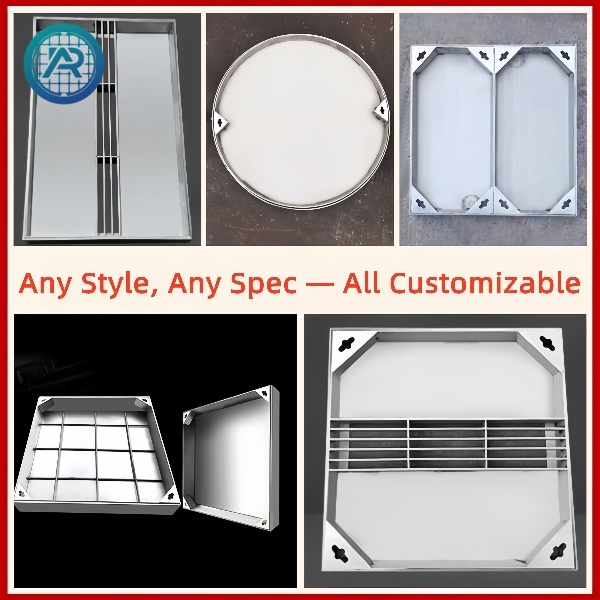
4. ✅ Load-Bearing Capacity
A common concern is whether recessed models are as durable. The answer is yes—especially when you choose a heavy-duty manhole cover variant rated for Class B125 to D400 load classes. These can withstand heavy vehicles, making them suitable for roadways and industrial sites.
▌Applications Across the Construction Sector
Recessed manhole covers are ideal for:
Commercial paving and public plazas
Shopping centers and pedestrian streets
Factory floors and industrial areas
Driveways, parking lots, and loading bays
Roof access hatches and tiled interiors
Whether outdoors or indoors, they provide a combination of strength and subtlety few products can match.
▌Material and Design Considerations
Choosing the right recessed manhole cover involves balancing aesthetics, durability, and functionality. Consider:
Galvanized or stainless steel for anti-corrosion and long life
Frame depth suited to the paving type (typically 40-60 mm)
Double sealed edges for water and odor resistance
Custom sizes for large projects or unique specifications
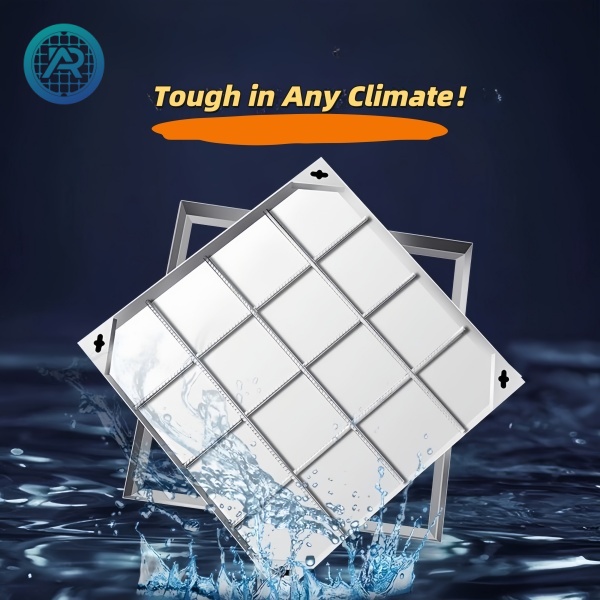
▌Sustainability and Cost Efficiency
While recessed covers may have a slightly higher upfront cost, the long-term benefits—including reduced maintenance, better drainage compatibility, and visual harmony—offer excellent ROI.
Moreover, choosing local paving materials for the infill reduces carbon footprint and makes replacements simple.
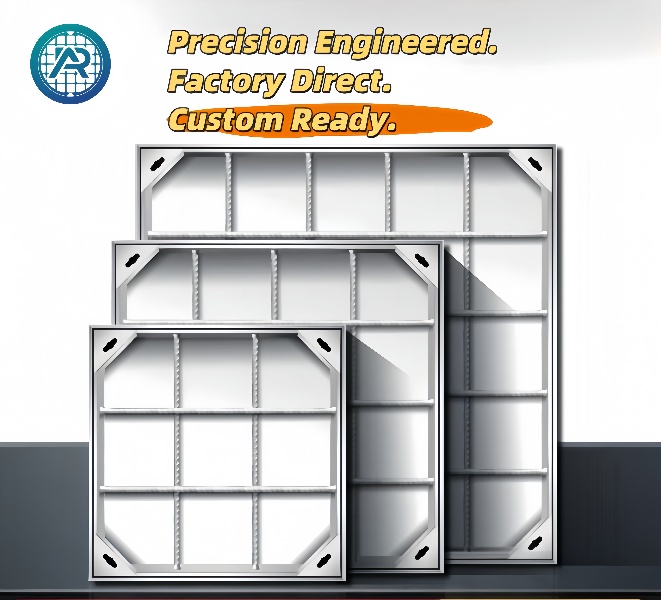
▌Conclusion
As construction projects grow more complex and design-oriented, even the smallest details—like manhole covers—can make a big difference. Recessed access covers align with the modern construction philosophy of "invisible utility"—where infrastructure does its job without being seen or disrupting the environment.
For a future-forward approach to urban design, recessed manhole covers are not just an upgrade—they’re a necessity.

